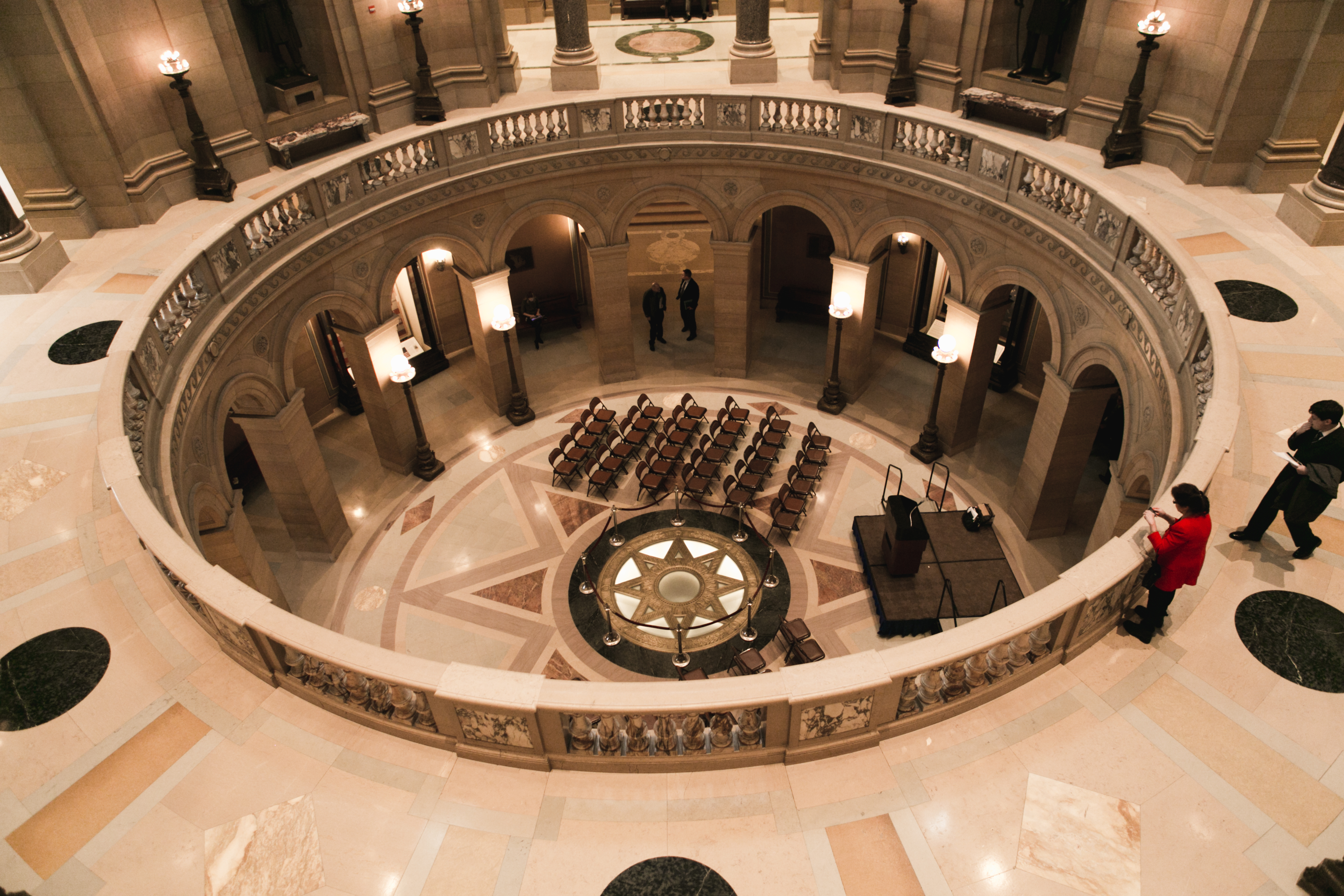At the request of Minnesota Governor Mark Dayton, GOP leaders in the House and Senate released on Friday a unified budget plan for negotiations as we enter the final three weeks of the regular legislative session.
While the GOP budget plan doesn’t move closer to the Governor’s positions, it merges the initial House and Senate GOP plans – or at least splits the differences.
Here’s a rundown of the plan:
Tax Cuts
The unified plan calls for $1.15 billion in tax cuts, about half way between the House’s initial $1.35 billion and the Senate’s $900 million. The Governor proposed about $300 million in tax cuts last January.
E-12 Spending
For E-12 programs, the GOP plan goes to the Senate’s level of $300 million, up from the House’s $271 million. This is still a far cry from the Governor’s proposed $709 million in E-12 funding. The GOP plan is insufficient to meet 2&2 on the formula ($371 million price tag) and certainly nowhere near the Governor’s desired level of spending on pre-K.
If you hear the figure $1.14 billion or 7 percent increase for E-12 as part of their plan, understand that it’s a healthy dose of spin.
Current law shows biennial growth, a four-year period, at about $840 million or 5 percent. The GOP plan builds on $300 million or what amounts to another 2 percent growth over this four-year period.
Another way to look at the GOP plan over the four-year period is that it would amount to 1.75 percent annually over the four years. When broken down, it doesn’t sound quite a juicy as “7 percent.”
Transportation
Another development this session is what appears to be an acquiescence to spending general fund dollars on ongoing transportation needs. The GOP plan calls for $372 million in ongoing general fund money for road and bridges. That means instead of raising the gas tax, a constitutionally dedicated revenue source for roads and bridges, E-12 competes with transportation for general fund dollars.
Healthcare
The legislature has already spent $328 million on a health reinsurance plan for some 117,000 enrollees on MNSure. Compare that to $300 million for 850,000 public school students’ education needs. Reinsurance creates another major general fund competitor for E-12 dollars.
Then factor in a $1.15 billion tax cut. If this sounds familiar to those who have been at this for a long time, it’s the same recipe we got out of 2001. The decade that followed didn’t do any favors for rural education.
Next Steps?
GOP leaders hope to have a negotiated compromise with the Governor by Thursday. That’s unlikely.
As we head into the end of session, it’s possible that the GOP will send the Governor a budget package that he will veto. If that occurs, we’re likely heading into June for a special session. While that has been the recent track record, both leadership camps and the Governor have shared that they sincerely want to complete their business on May 22.
There are a number of policy provisions the GOP wants, including increased penalties for protester shutting down airports and highways and pre-emption of local governments from setting wage and benefits policies. If the Governor were to back away from his opposition to these provisions, then perhaps the budget and tax numbers would improve enough for him to sign a budget package at the end of session.





